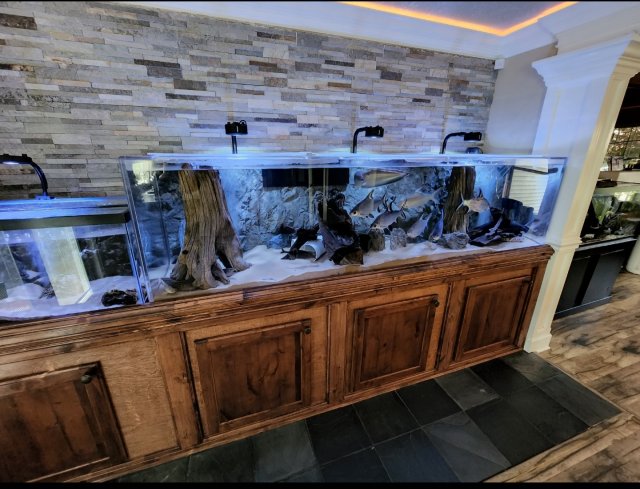What cause swings in ph? My ph has always stayed about 7 and the last few days I've noticed my arowana and bichirs haven't been very interested in eating. Tested the tank everything is fine nitrates are 10-15 temp is kept at 78 but my ph went down to 6.6. The tank is a 240 with a 2gph drip. Ordered a bag of crushed coral that will be here in a few days also purchased an Apex neptune Jr, still need to calibrate my ph probe but it will be nice to have my ph monitored. I had a bottle of api proper ph 7 so I added that last night
I've read that ph swings can happen from overfeeding? But if that was the case wouldn't you be getting ammonia spikes? Anyways any feedback would be appreciated.

I've read that ph swings can happen from overfeeding? But if that was the case wouldn't you be getting ammonia spikes? Anyways any feedback would be appreciated.



